Inflation on the backfoot
The slight consumer price index (CPI) increase for four straight months signaled inflation this year could be below the targeted 8 per cent.
According to the General Statistics Office (GSO) , the CPI in August rose 0.23 per cent against the previous month, or 5.08 per cent in comparison with last December.
It is the fourth consecutive month the CPI has increased below 0.3 per cent since it rose by 0.75 per cent in March.
Analysts predicted that the CPI in the remaining months of this year would not hike too high and the inflation could even be controlled below the 8 per cent level set by the National Assembly in May.
The main factors keeping the CPI in recent months at a low level are low food and foodstuff prices, low credit growth and global economy’s slow recovery, according to the GSO.
Food prices reduced by 5.77 per cent since March to July and increase only 1.96 per cent in total during the past eight months. Meanwhile, the credit growth since January to July was only 12.97 per cent.
The Ministry of Planning and Investment (MPI) said prices could go up in the fourth quarter due to seasonal factors. However, the prices would not fluctuate wildly because of existing world economy difficulties and low prices of basic commodities like food and gasoline, said the MPI’s National Economic Issues Department director Bui Ha.
Le Xuan Nghia, vice chairman of the National Committee on Financial Supervision, forecasted that the average CPI in October, November and December would be around 0.5 per cent each month.
“So, inflation is well under control and the CPI is expected to be under 8 per cent,” he said.
As a result, the eased threat of inflation is creating a good condition for the government to implement monetary measure to support growth. Emerging since 2008, when the rate recorded 19.98, inflation was considered as a big threat for the economic stability this year.
The threat of inflation forced the State Bank to maintain high lending interest rates and fix the Vietnamese dong-US dollar exchange rate to reduce imported product prices. “When the CPI in recent months indicate the inflation will be under control, the government will be more comfortable to increase the money supply and exchange rate policy to support growth,” said Nguyen Minh Phong, head of the Hanoi Institute for Economic and Social Development and Research’s Economic Department. Furthermore, the trade deficit, which has cooled to around $1 billion in recent months, will allow the government to its implement exchange rate policy to support growth.
Last month, the State Bank devalued the dong by 2 per cent against dollar that will support domestic exporters.
But Nghia said the deficit would be addressed with the disbursement of foreign direct investment (FDI) capital and remittances. FDI disbursement this year is expected to reach $11 billion.
“Given this backdrop, we believe the central bank’s bias remains towards supporting growth. This was one of the key reasons in allowing currency weakness to support exports, as the low-value-add products of the country typically compete on price in the global market,” said Barclay Capital economist Prakriti Sofat.
The central bank also continues to encourage banks to lower lending rates, allowing enterprises to access loans more easily.
What the stars mean:
★ Poor ★ ★ Promising ★★★ Good ★★★★ Very good ★★★★★ Exceptional
Related Contents
Latest News
More News
- Masan completes $250-million equity raise from Bain Capital (April 23, 2024 | 17:37)
- Amata City Ha Long marks six years of development (April 23, 2024 | 17:00)
- Taiwan's Giant Group to build $120 million bicycle factory in Binh Duong (April 23, 2024 | 15:02)
- Nvidia delegation to explore opportunities in Vietnam (April 23, 2024 | 08:30)
- China's BOE builds $275 million electronics factory in Ba Ria-Vung Tau (April 22, 2024 | 10:44)
- Suntory PepsiCo breaks ground on its largest Asia-Pacific plant in Vietnam (April 22, 2024 | 08:53)
- New Hope ceases Binh Dinh pig-breeding project (April 19, 2024 | 18:34)
- Localities get ready for fourth FDI boom (April 19, 2024 | 16:41)
- Japanese retailer Takashimaya to advance project in Hanoi (April 19, 2024 | 11:31)
- Carmakers go it alone on e-vehicle charging solutions (April 18, 2024 | 14:00)

 Tag:
Tag: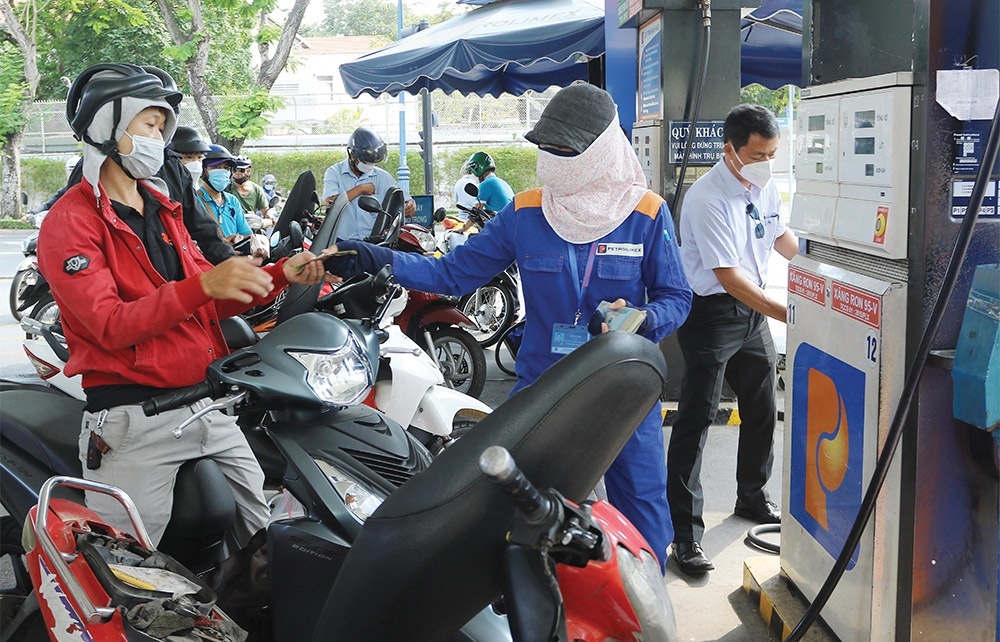

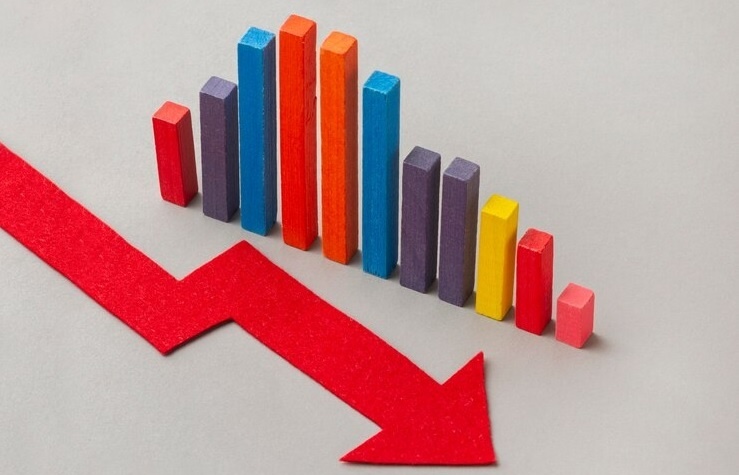



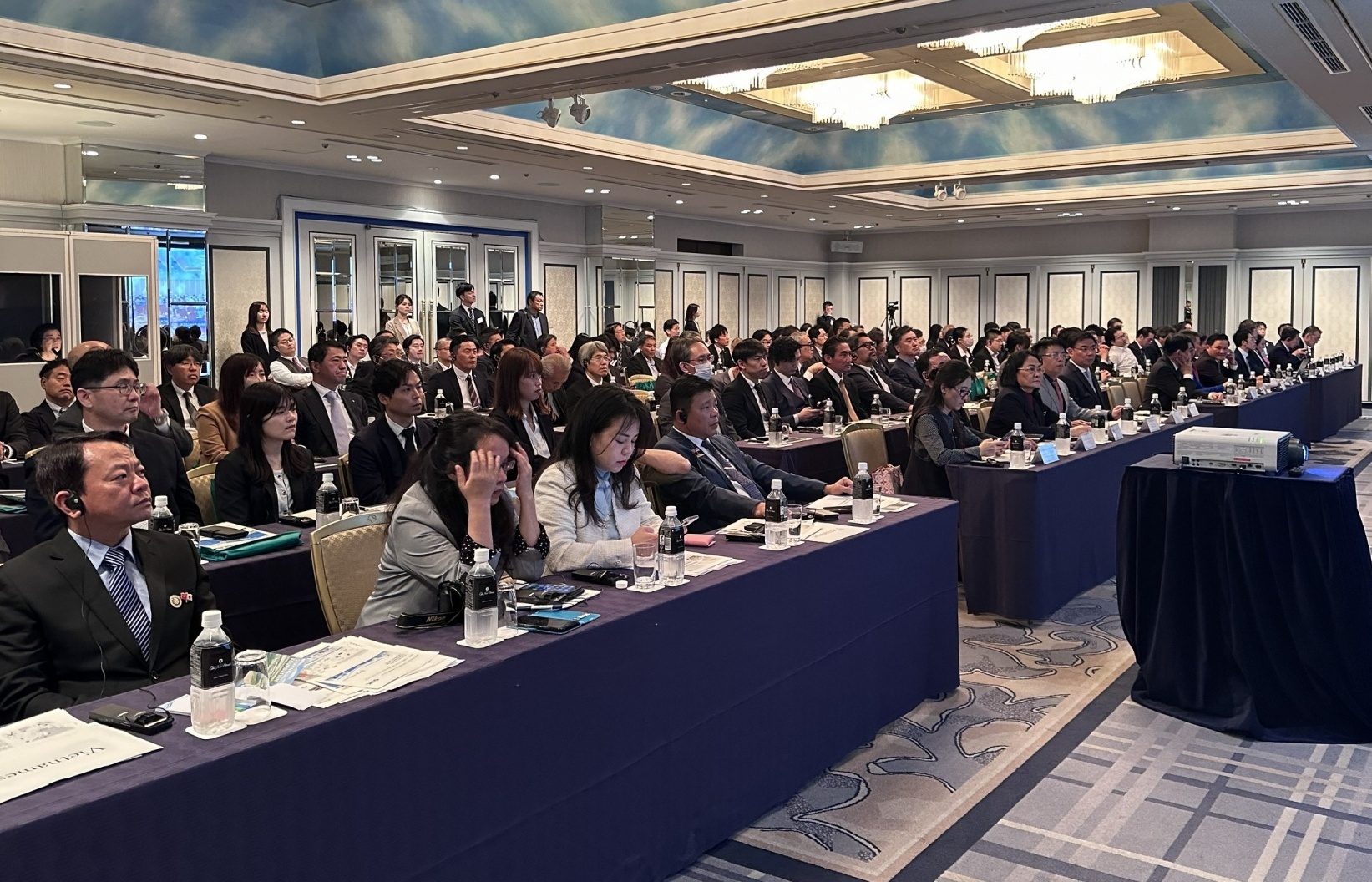
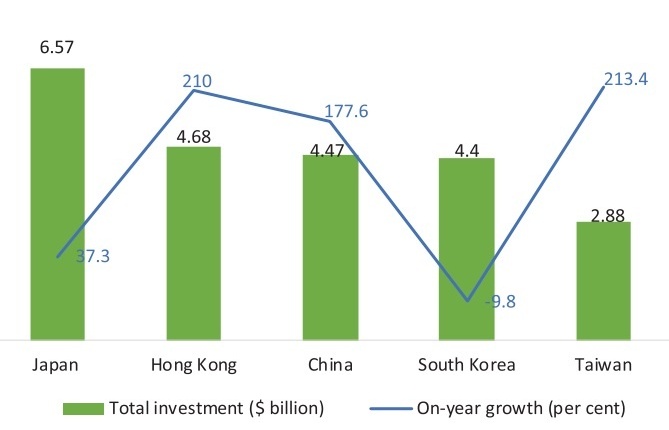

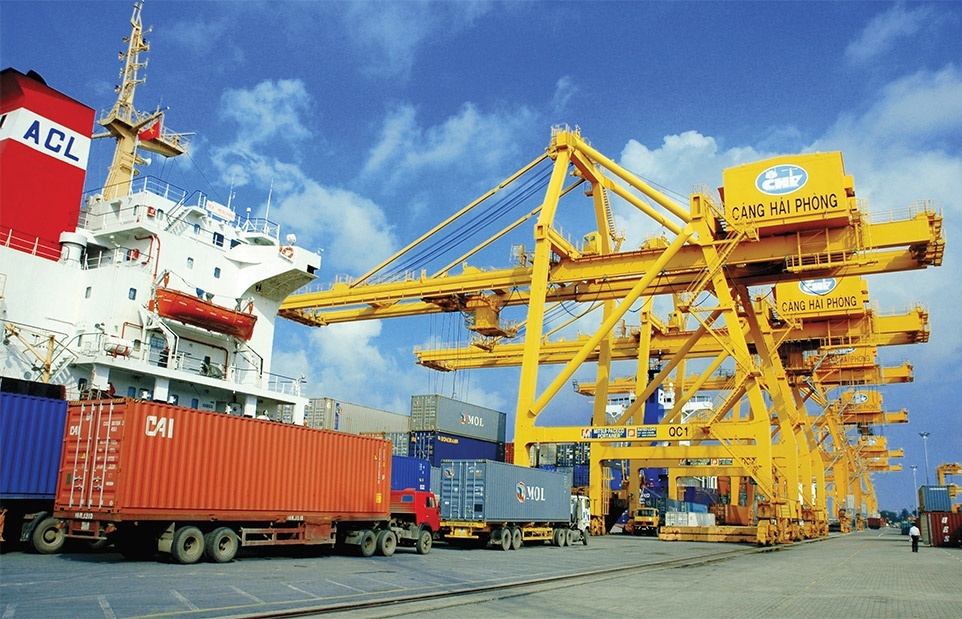

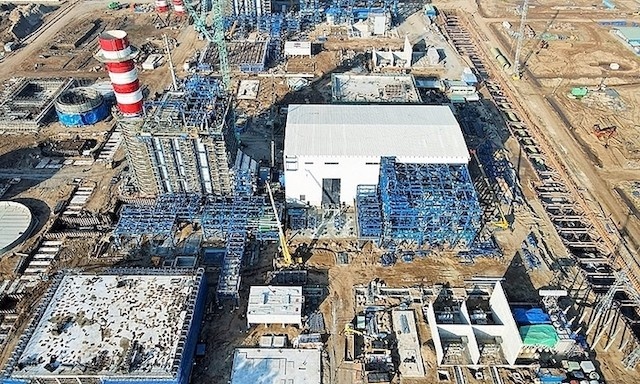



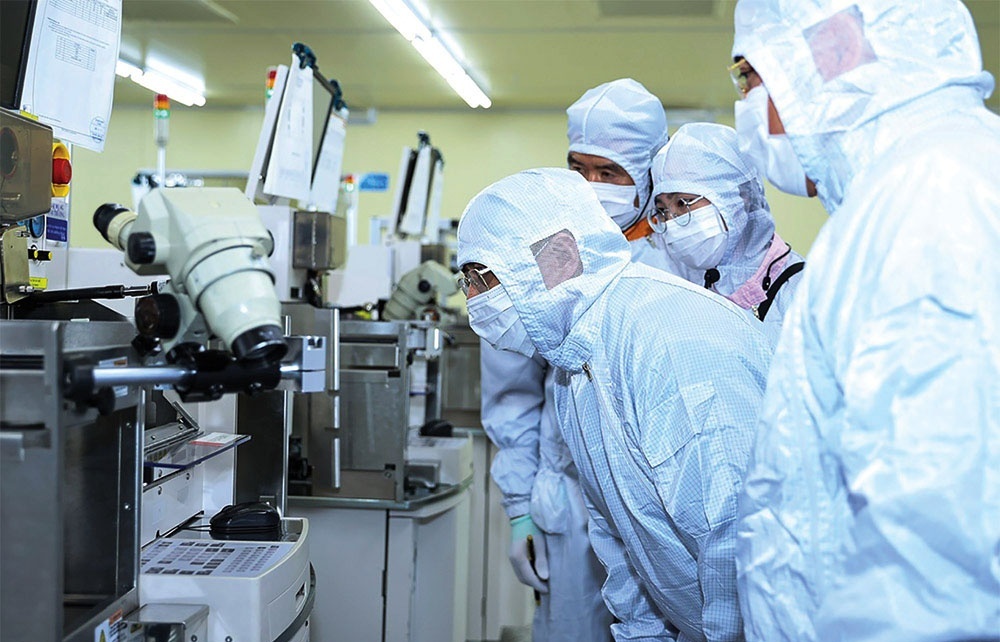





 Mobile Version
Mobile Version